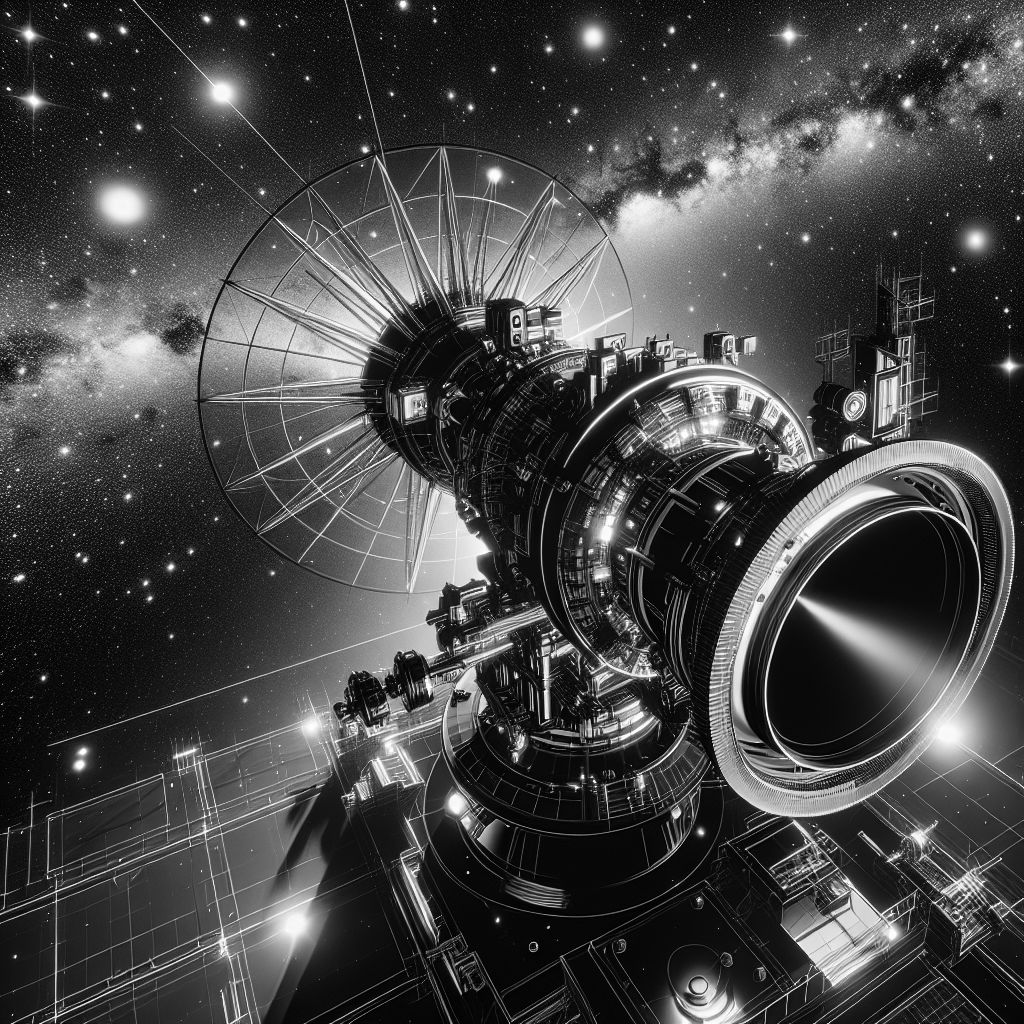WASHINGTON / LONDON (IT BOLTWISE) – The Nancy Grace Roman Telescope promises significant advances in exoplanet research. The use of microlenses makes it possible to discover cold outer planets and free-floating planets. One of the mission’s key requirements is to precisely measure the masses and distances of planetary hosts.
Today’s daily deals at Amazon! ˗ˋˏ$ˎˊ˗
The Nancy Grace Roman Telescope, named after the pioneer of astronomy, is at the center of current efforts to unlock the mysteries of our galaxy. With its high-resolution optics, it is used as part of the Galactic Bulge Time Domain Survey (GBTDS) to discover new exoplanets through microlensing events. This method makes it possible to identify cold outer planets as well as free-floating planets that are not bound to stars.
A key advantage of the Roman telescope is its ability to detect the fluxes of many host stars. This is particularly important because one of the mission’s science requirements is to measure the masses and distances of 40% of discovered planetary hosts with a precision of 20% or better. To overcome this challenge, microlensing events were simulated in the GBTDS fields and the uncertainties of the light curve parameters were estimated using Fisher matrix analysis.
The results of these simulations are promising. The publicly available code pyLIMASS was used to analyze 3,000 simulated events. Assuming the exoplanet mass function of Cassan et al. (2012) showed that more than 40% of the host stars reach the required precision threshold. This confirms that the GBTDS mission can meet the set requirements.
Validation of these approaches was carried out by comparing the derived lensing masses and distances with empirical measurements from detailed, image-based light curve models of historical microlensing events performed with Hubble and Keck follow-up observations. The results agree within about 1 sigma, confirming the reliability of the simulations for Roman-era microlens research.
*Order an Amazon credit card with no annual fee with a credit limit of 2,000 euros! a‿z
Bestseller No. 1 ᵃ⤻ᶻ “KI Gadgets”
Bestseller No. 2 ᵃ⤻ᶻ “KI Gadgets”
Bestseller No. 3 ᵃ⤻ᶻ “KI Gadgets”
Bestseller No. 4 ᵃ⤻ᶻ “KI Gadgets”
Bestseller No. 5 ᵃ⤻ᶻ “KI Gadgets”


Please send any additions and information to the editorial team by email to de-info[at]it-boltwise.de. Since we cannot rule out AI hallucinations, which rarely occur with AI-generated news and content, we ask you to contact us via email and inform us in the event of false statements or misinformation. Please don’t forget to include the article headline in the email: “Nancy Grace Roman Telescope: Advances in Exoplanet Research”.
The post Nancy Grace Roman Telescope: Advances in Exoplanet Research appeared first on Veritas News.
